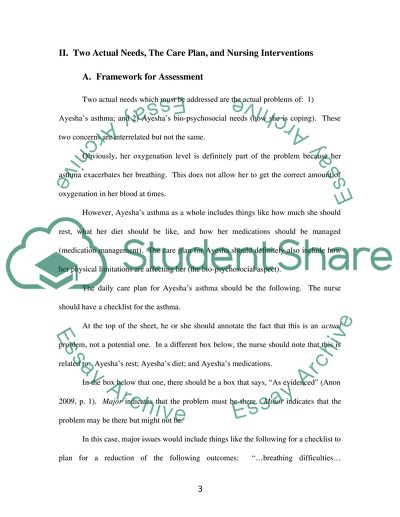Cite this document
(“Assessment Plan Case Study Example | Topics and Well Written Essays - 2750 words”, n.d.)
Assessment Plan Case Study Example | Topics and Well Written Essays - 2750 words. Retrieved from https://studentshare.org/health-sciences-medicine/1508379-assessment-plan
Assessment Plan Case Study Example | Topics and Well Written Essays - 2750 words. Retrieved from https://studentshare.org/health-sciences-medicine/1508379-assessment-plan
(Assessment Plan Case Study Example | Topics and Well Written Essays - 2750 Words)
Assessment Plan Case Study Example | Topics and Well Written Essays - 2750 Words. https://studentshare.org/health-sciences-medicine/1508379-assessment-plan.
Assessment Plan Case Study Example | Topics and Well Written Essays - 2750 Words. https://studentshare.org/health-sciences-medicine/1508379-assessment-plan.
“Assessment Plan Case Study Example | Topics and Well Written Essays - 2750 Words”, n.d. https://studentshare.org/health-sciences-medicine/1508379-assessment-plan.


